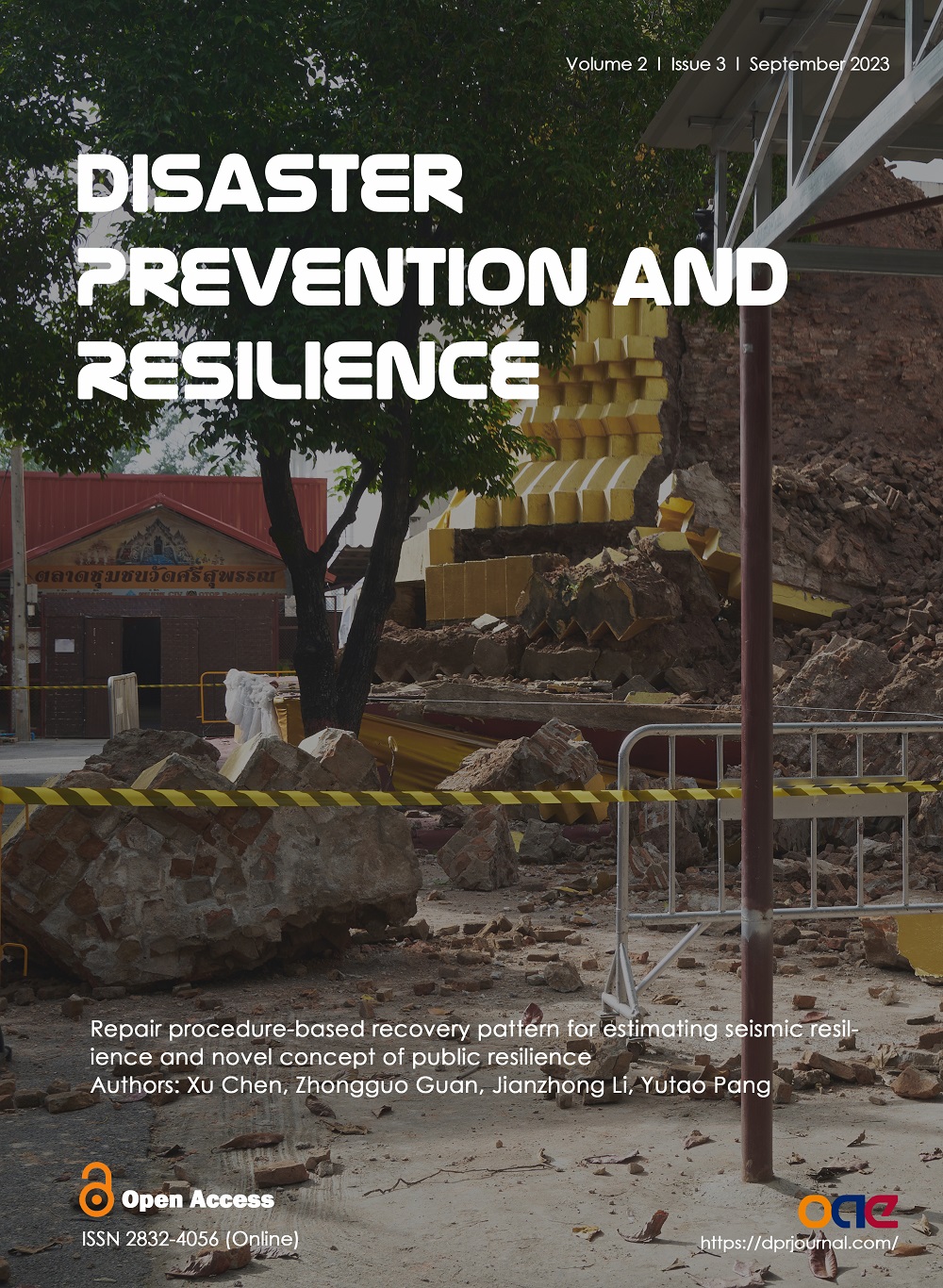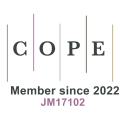Volume 2, Issue 3 (September, 2023) – 7 articles
Cover Picture: This study proposes a repair procedure-based recovery pattern for better estimation of structural seismic resilience, which is scarcely considered in previous studies. In this manner, the multiple repair stages and detailed repair sequences of each damaged component are incorporated into the post-earthquake structural functionality, which could better present the recovery process. Additionally, to indicate the structural resilience from the point of public civilians, a novel concept of public resilience (PR) is proposed as well. In this concept, the functionality of structures remains zero until they are completely repaired and opened to the public. This is because, for civilians, the structural functionality is meaningless before opening for full utilization. Analytical analysis and numerical illustrative examples of typical highway bridges are utilized, demonstrating the efficiency of the proposed concepts. The results show that even for the simplified situation with only two damaged components, the seismic resilience is substantially affected by incorporating the stages and the sequences of repair procedures. While for more complex practical scenarios, the influence of repair procedures is expected to be more significant. Additionally, since the recovery pattern of PR is represented through stepwise functions, the value of PR is always lower than that of conventional methods. This fact indicates that for public civilians, seismic resilience of structures will not be as high as that in the view of engineers and researchers.
view this paper 





